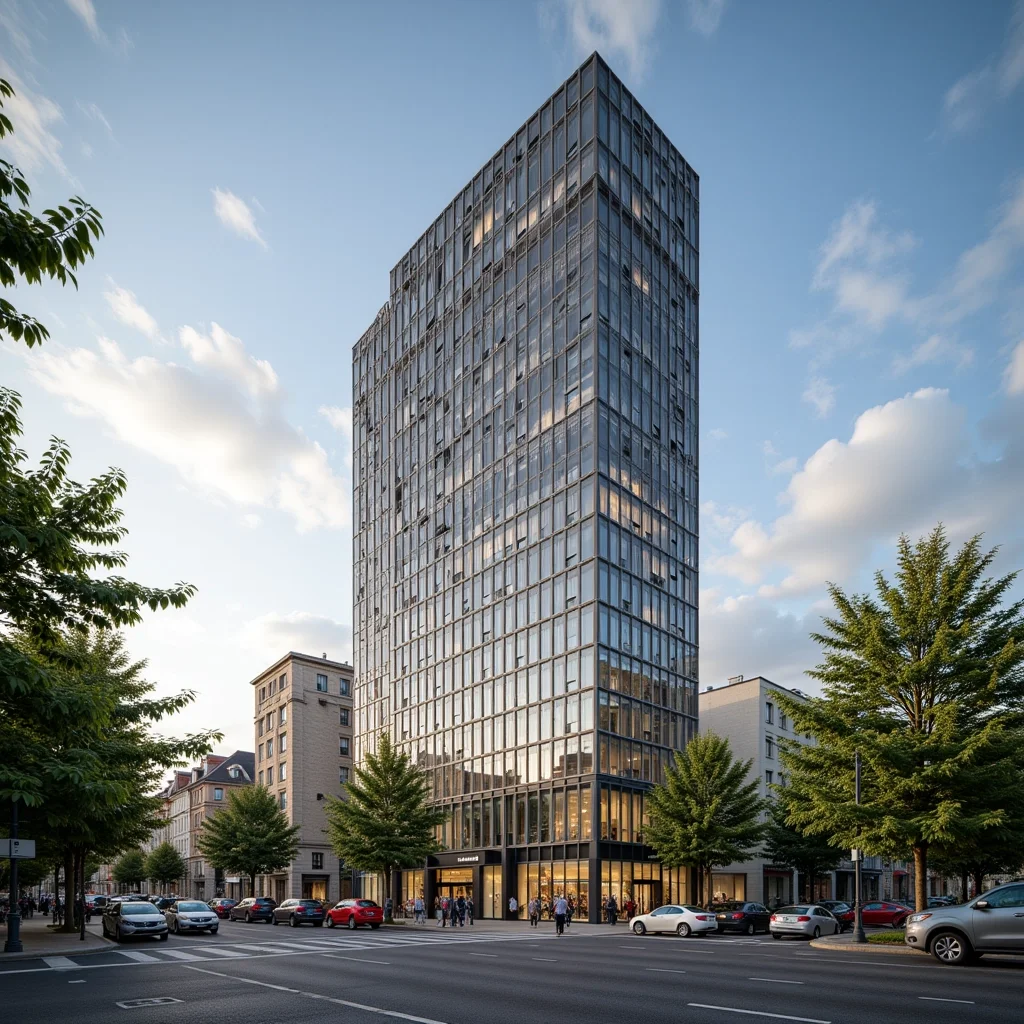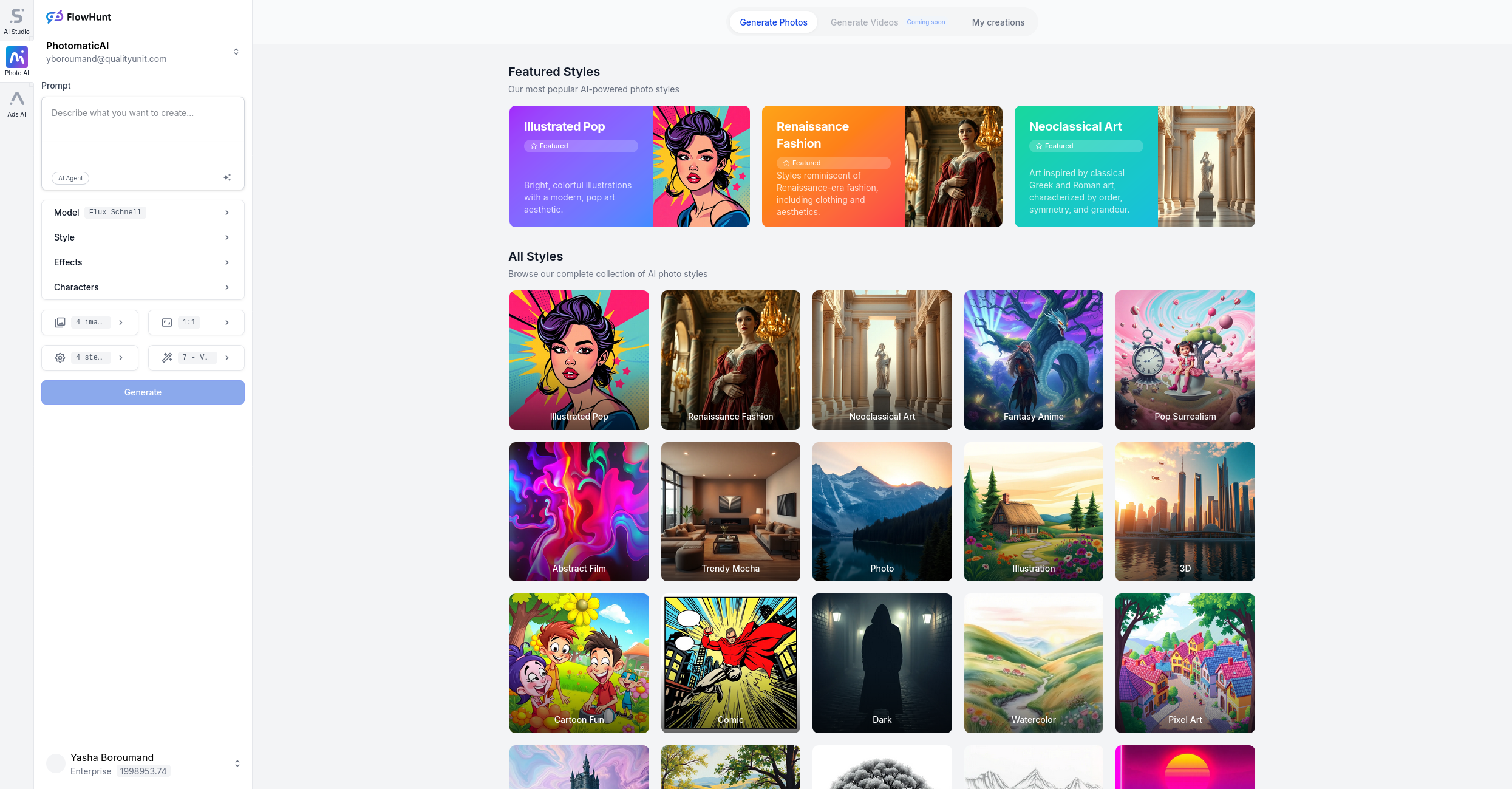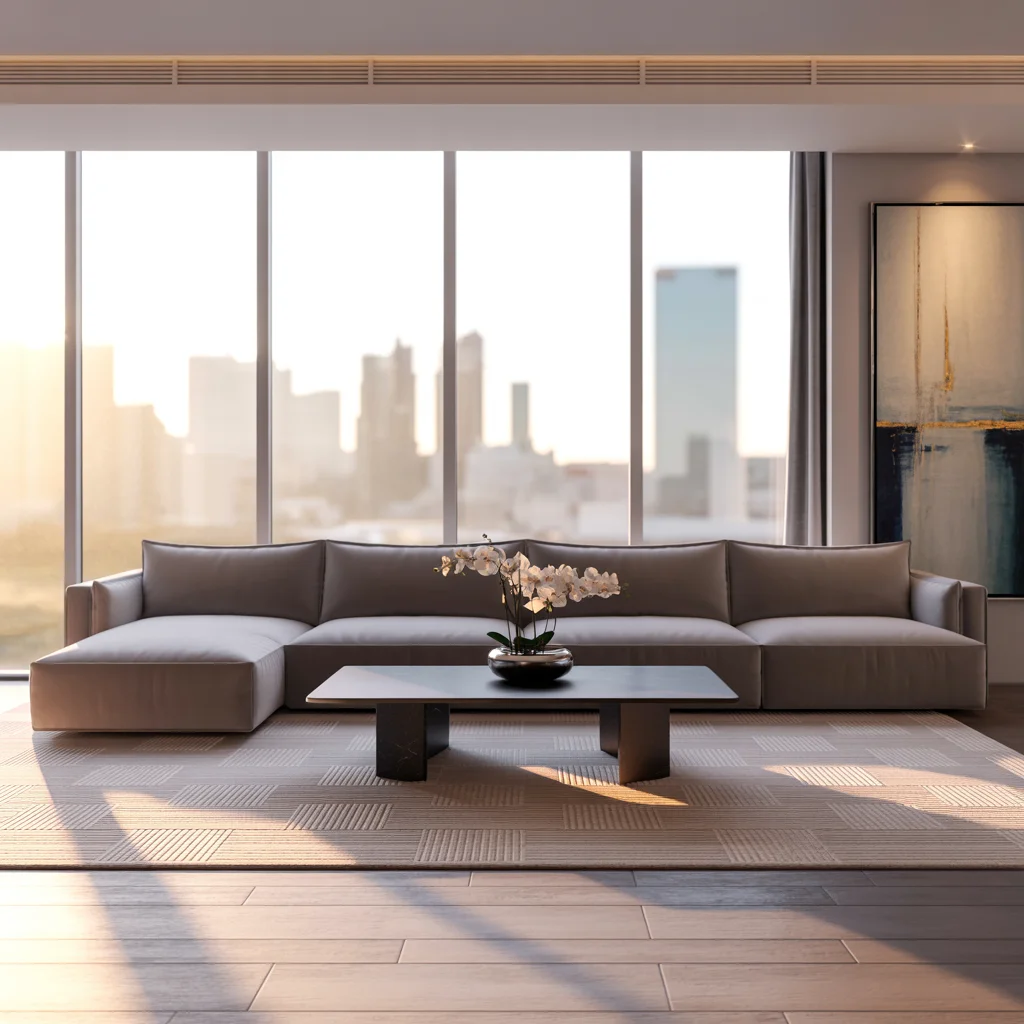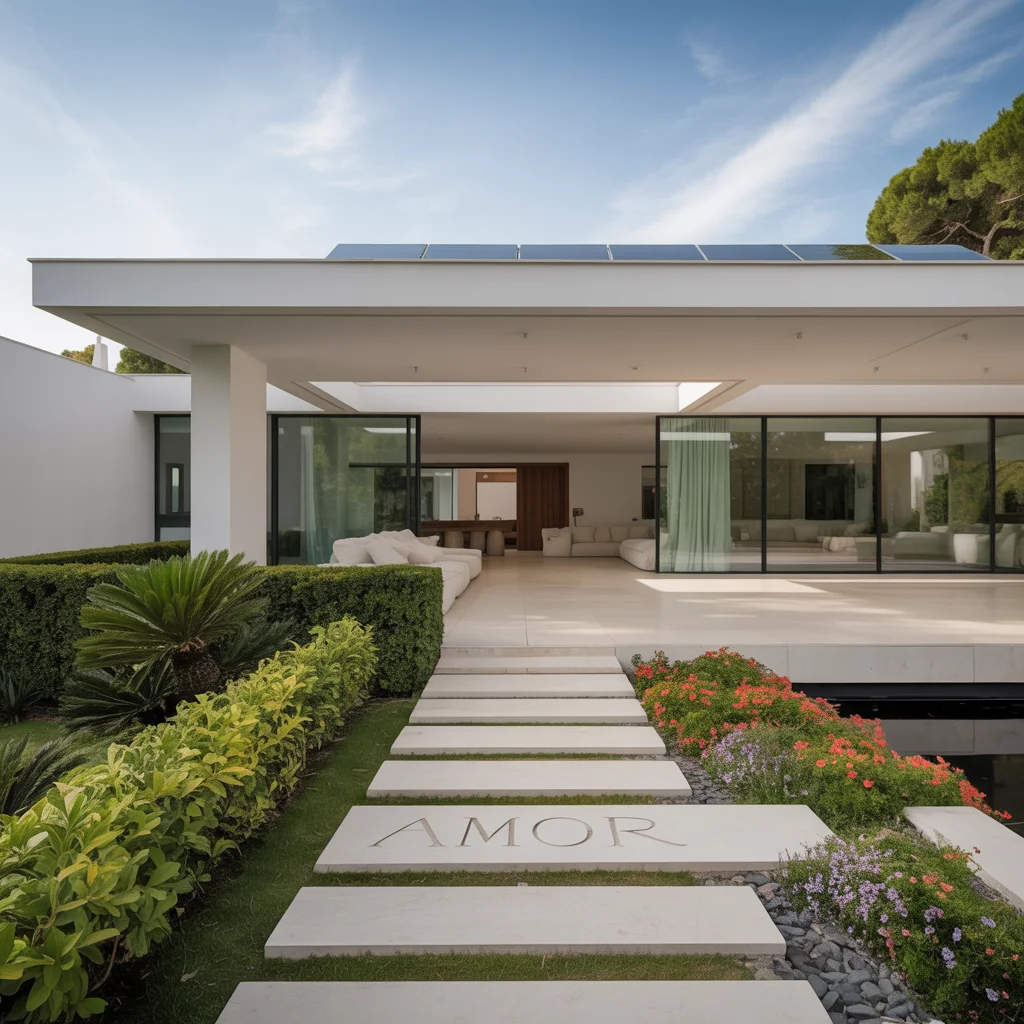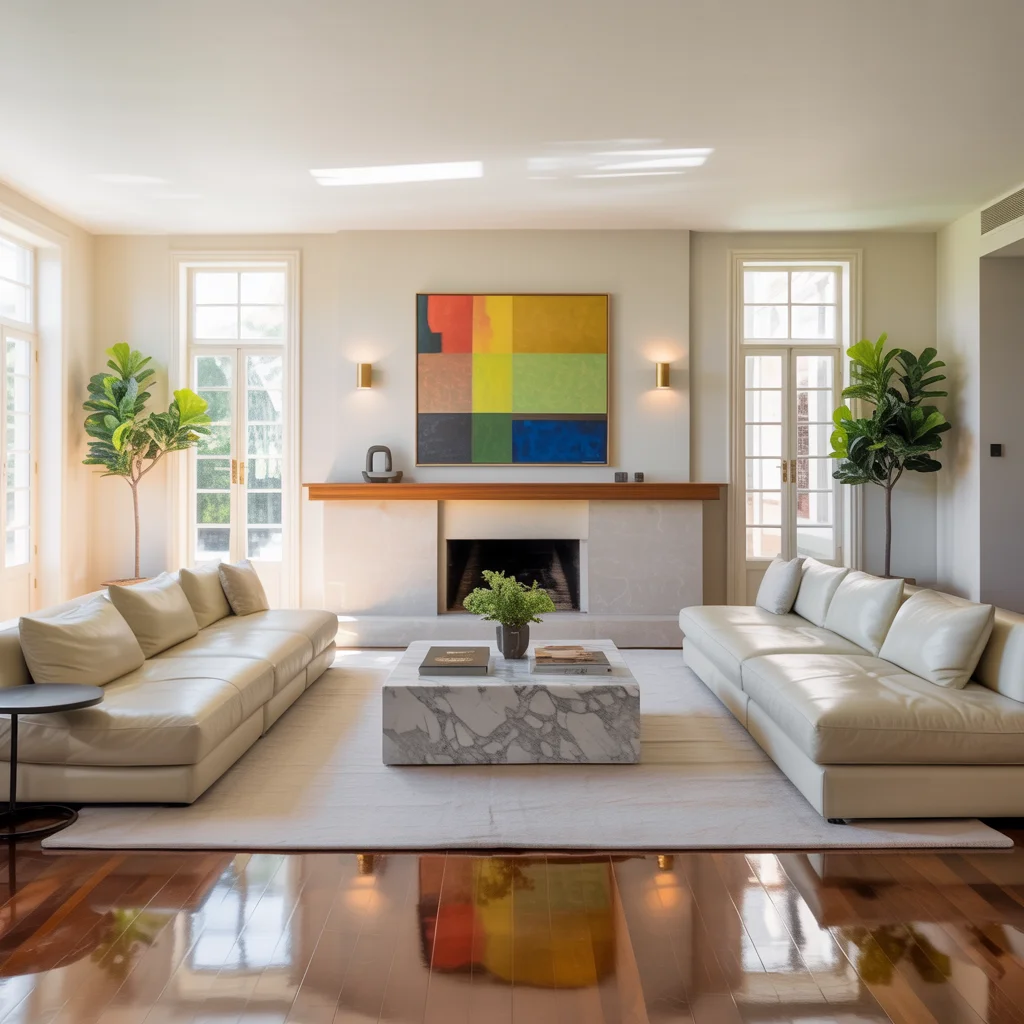
Property Listing Visualizer
The Property Listing Visualizer style is designed to create stunning, realistic visuals for real estate listings. By leveraging virtual staging, bright lighting...
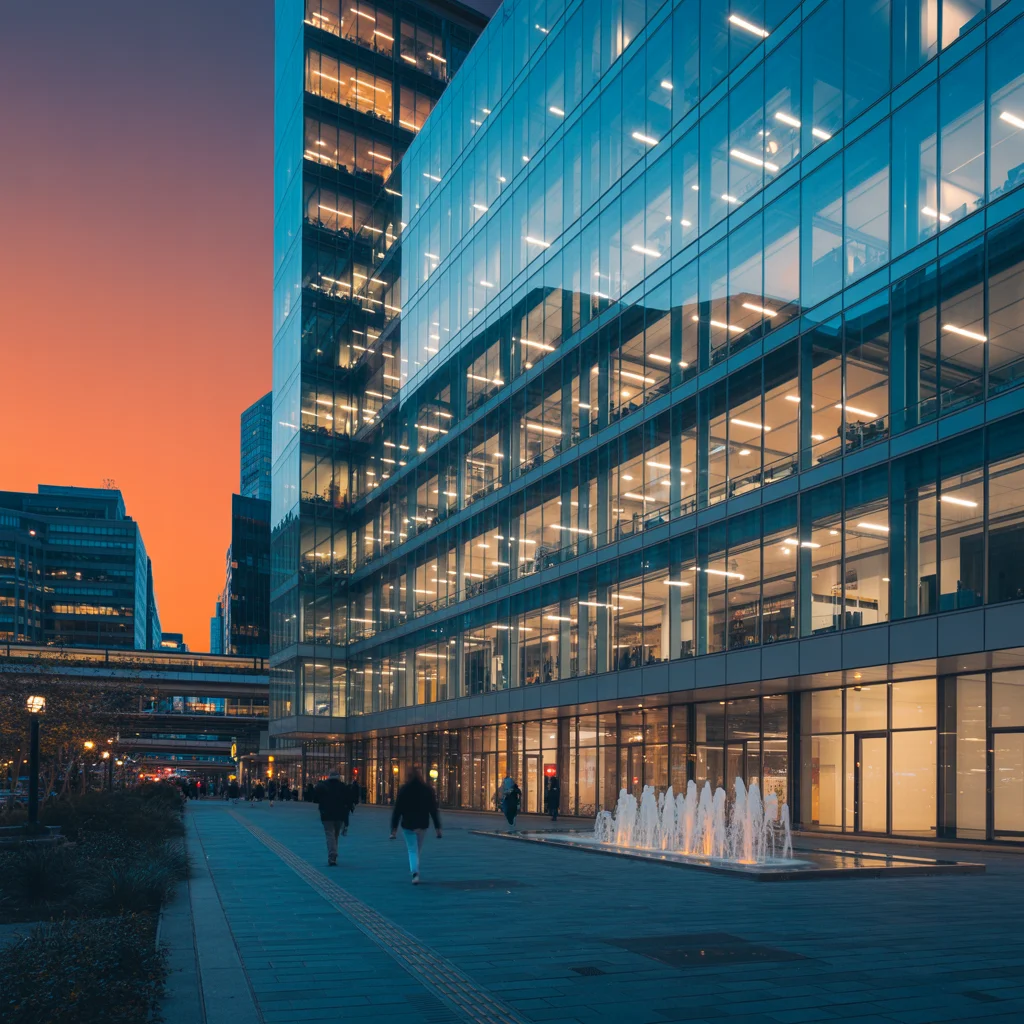
Style
Architectural Visualization offers hyper-realistic renders of building designs, transforming blueprints and concepts into visually stunning digital images. This style is indispensable for architects, real estate professionals, and designers aiming to showcase projects with maximum impact. By emphasizing clean lines, modern design, and detailed textures, Architectural Visualization bridges the gap between imagination and reality, making it easier to communicate ideas to clients, investors, and broader audiences.
Train AI Image Models
Train a unique character from your own everyday photos, apply the ready to use Architectural Visualization Generator to generate interesting and eye-catching images.
Starting point for AI training is set of your images. More images of same character can be added to improve the model.
Apply ready to use styles and effects on pretrained model or use custom prompt to generate images.
Images generated from the pretrained model
Elevate your building concepts with stunningly realistic renders using our Photomatic AI image generator. Present your architectural vision with precision and artistry—perfect for portfolios, presentations, and real estate marketing. Try it now and see your designs in a whole new light!
Architectural Visualization is a digital rendering technique that transforms blueprints and conceptual sketches into visually immersive images. It leverages advanced CGI and AI technology to replicate materials, lighting, and spatial relationships with remarkable realism. This field originated in the late 20th century, evolving from traditional hand-drawn perspectives to sophisticated computer-generated imagery (CGI). Today, with the advent of AI, it’s possible to produce breathtaking visuals in a fraction of the time previously required, making it a vital tool in architecture and real estate.
Prompt: architectural visualization, realistic render, modern design, clean lines, detailed textures, glass facade office building at dusk
Prompt: architectural visualization, realistic render, modern design, clean lines, detailed textures, luxury residential interior, sunlight through large windows
Prompt: architectural visualization, realistic render, modern design, clean lines, detailed textures, contemporary villa exterior, lush landscaping
Showcase properties before they’re built or renovated, enhancing sales presentations and listings with striking visuals that capture buyer interest.
Communicate design intent with clarity, avoiding misunderstandings and aligning everyone involved in the project.
Visualize cityscapes, green spaces, and infrastructure projects, making it easier to secure approvals and funding.
Present fully furnished rooms with realistic lighting, textures, and decor, helping clients envision their future spaces.
Impress investors with detailed, believable renderings that demonstrate the potential and value of a development.
Enhance websites and promotional materials with high-quality images that attract new clients and partnerships.
Automate your image generation with AI Agents
Architectural Visualization is the process of creating highly realistic images of building designs using digital tools. These renders allow architects, designers, and real estate agents to showcase projects before they are built, making it easier to communicate ideas, attract investment, and engage clients.
Simply provide a description or prompt of your building concept—for example, 'modern glass facade office building at dusk'—and let Photomatic AI generate a photorealistic visualization, complete with detailed textures and realistic lighting.
This style is ideal for residential and commercial buildings, interior designs, landscape architecture, urban planning, and real estate marketing. It’s also perfect for presentations to clients, city planners, and stakeholders.
Photomatic AI uses advanced rendering techniques to deliver highly realistic results, simulating materials, lighting, and environments with great accuracy. The renders are suitable for both conceptual presentations and marketing materials.
Yes, you can use the images generated for presentations, marketing, and client proposals. Ensure you have the rights to use any reference materials included in your prompts.
Let us help you automate your marketing tasks. Our platform allows you to create custom AI chatbots, agents, and workflows that can handle a wide range of tasks, from customer support to content generation.
Generate professional marketing visuals in seconds. Our AI creates stunning images that maintain brand consistency across all your campaigns without expensive design services.
Produce large volumes of customized content efficiently. Create hundreds of images, blog posts, and marketing materials simultaneously with our AI automation workflows.
Train AI models on your brand assets to create unique, on-brand visuals for any campaign. Maintain consistent visual identity across all marketing channels with character training technology.
The Property Listing Visualizer style is designed to create stunning, realistic visuals for real estate listings. By leveraging virtual staging, bright lighting...
The Aircraft Design Visualizer effect transforms conceptual aerospace ideas into visually striking images, perfect for marketing, investor pitches, and design s...
The Strategic Planning Visualizer is a powerful visual effect designed to bring business strategy sessions, workshops, and planning meetings to life. This style...



